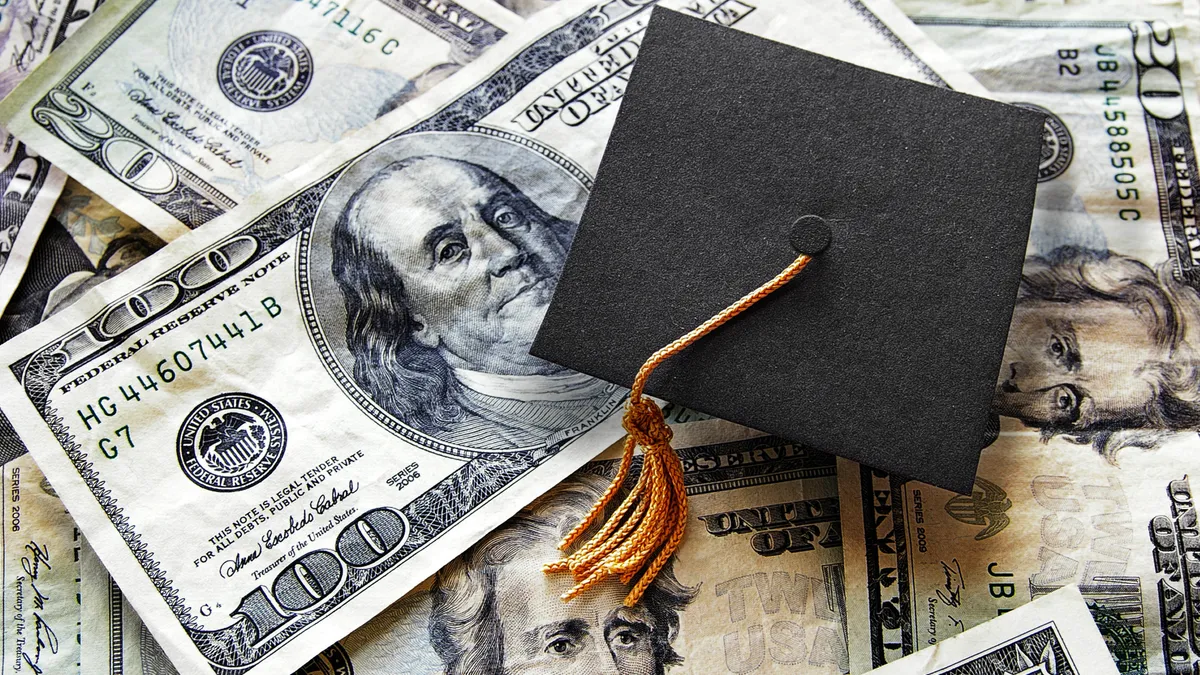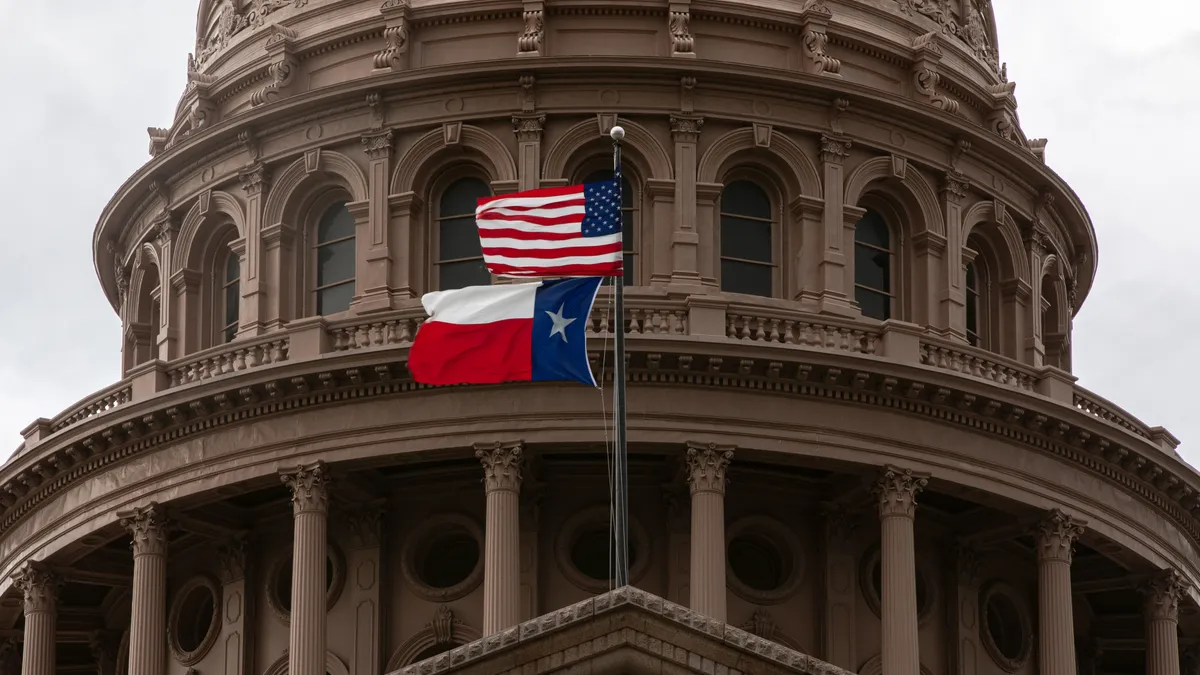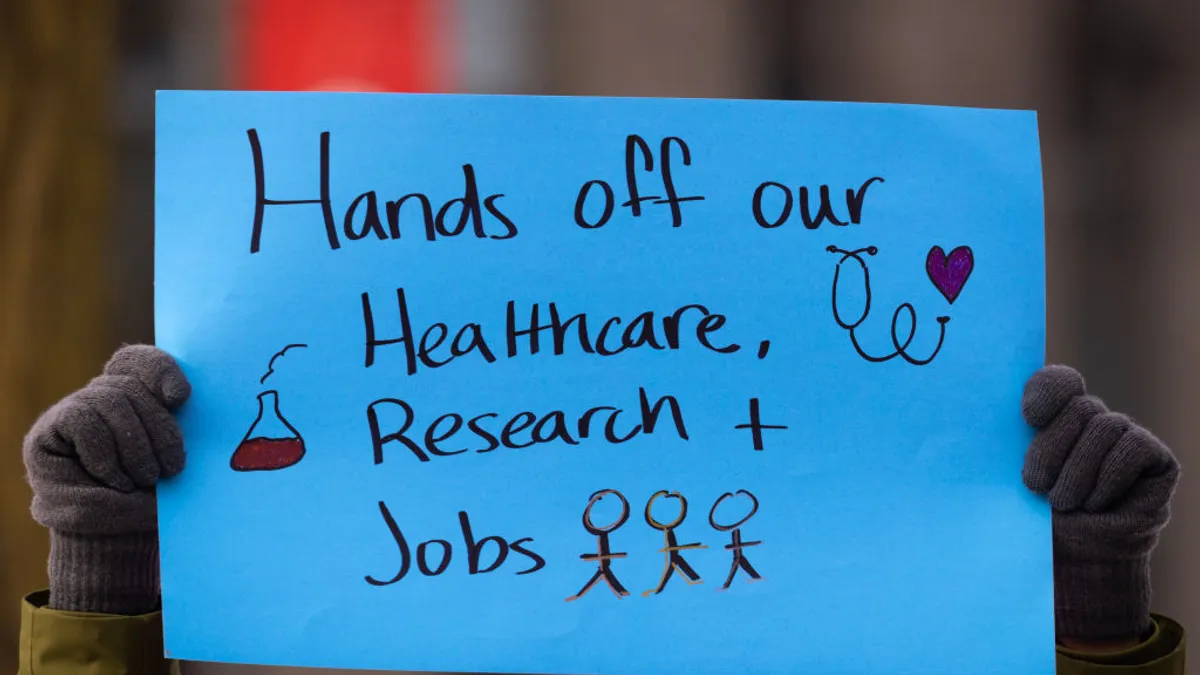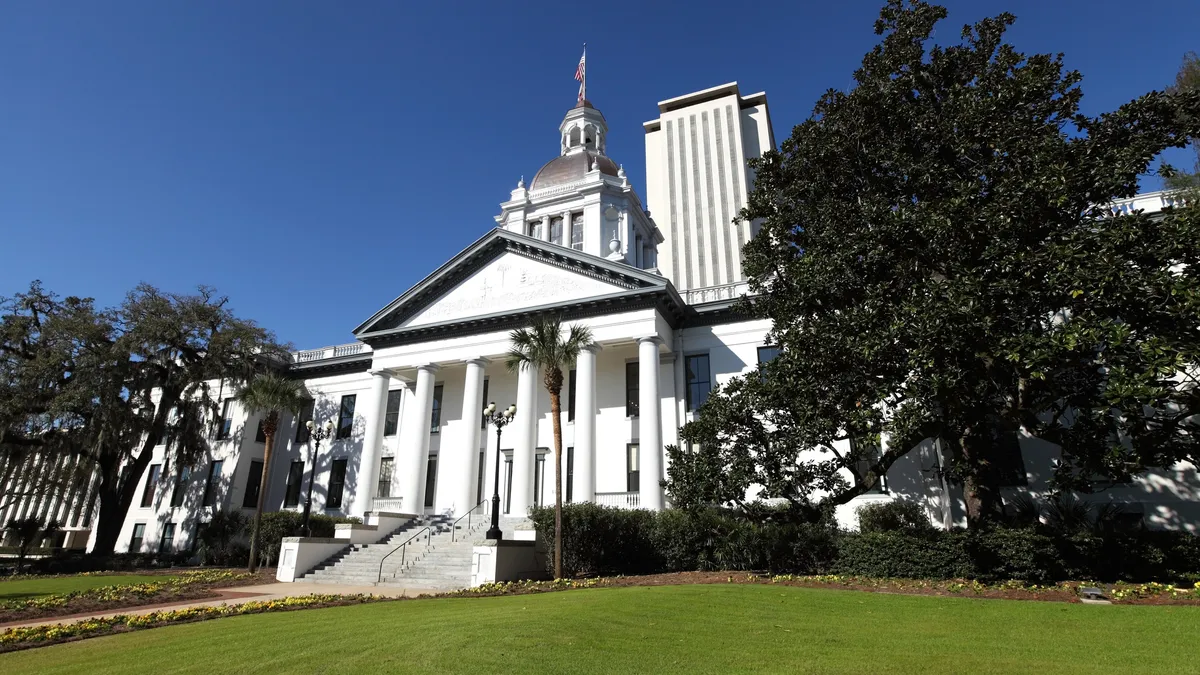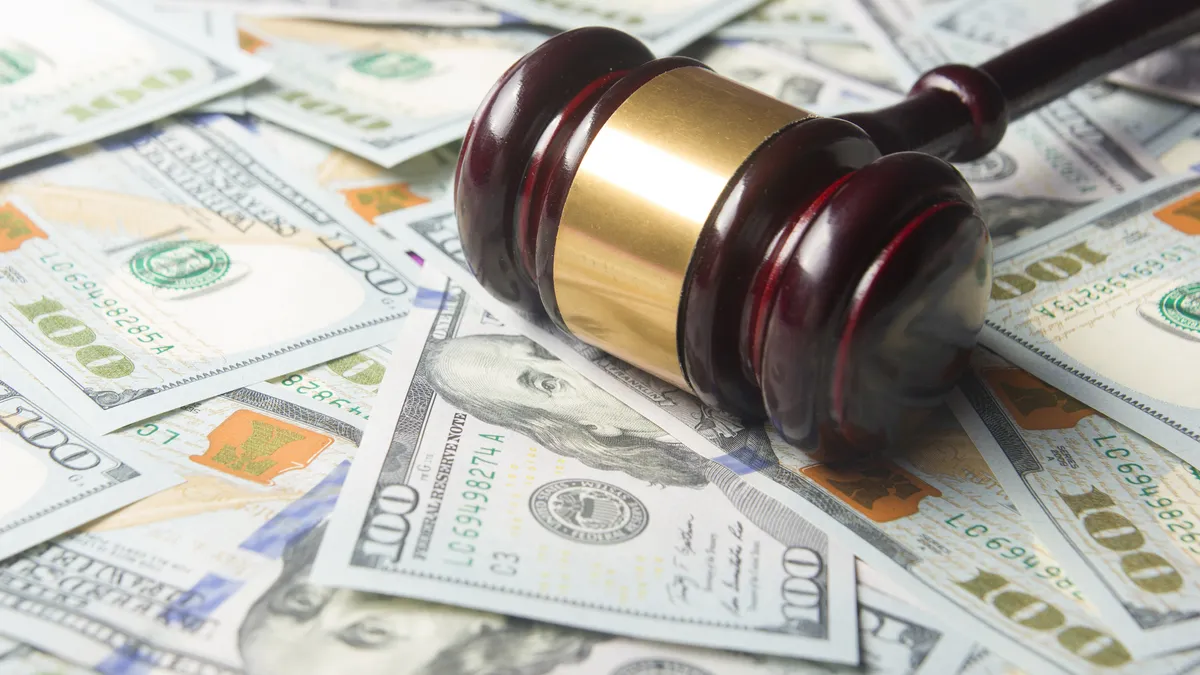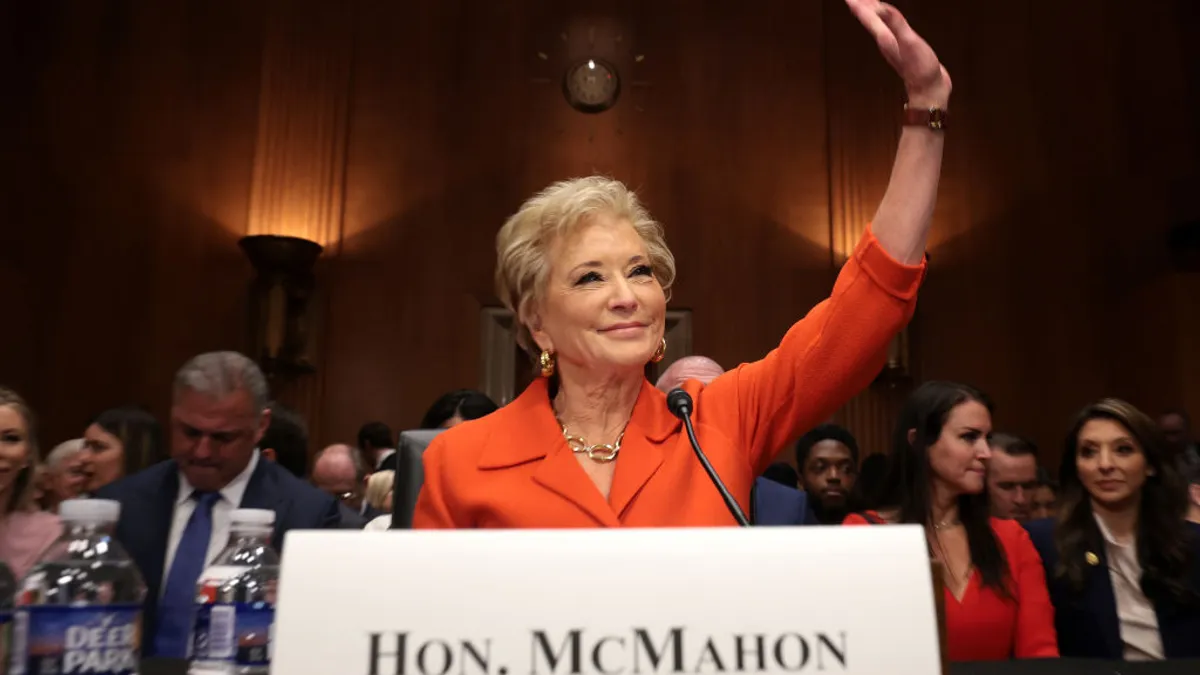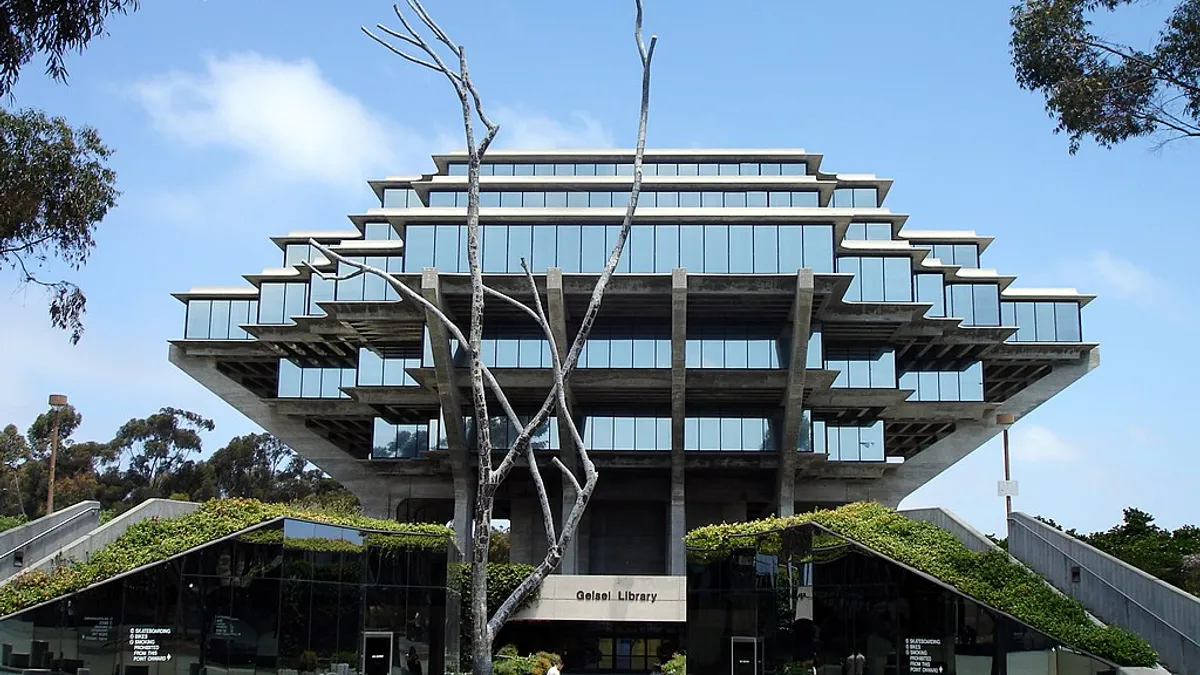The U.S. Department of Education said Tuesday it will pave an easier route to student loan forgiveness for some borrowers enrolled in income-driven debt repayment plans and those designed for public service workers.
The Education Department intends to credit those borrowers for past payments that didn’t qualify toward clearing the balance on their loans — in essence making permanent some temporary flexibility on repayment plans the agency has offered.
The department is focusing on income-driven repayment plans, which are determined by a borrower’s income and run 20 or 25 years, as well as Public Service Loan Forgiveness, or PSLF, a program that cancels federal student loan debts of those working in jobs like teaching or government once they have made decade of qualifying payments.
Administrative issues have plagued PSLF, often tripping up borrowers as they sought loan forgiveness. Many found they were part of an ineligible repayment plan, for instance. Only a minuscule slice of borrowers secured debt cancellation under PSLF before the Biden administration began to rework the program, including by temporarily waiving some of its requirements.
That enabled some borrowers to retroactively apply for debt relief under PSLF, though the program waiver expires Oct. 31.
The Education Department said Tuesday it is continuing many of the flexibilities the agency provisionally provided for PSLF.
Borrowers can secure credit toward PSLF and income-driven plans for payments that didn’t qualify before. That includes monthly installments that were late, partial or applied to other repayment plans. The department also intends to credit borrowers for some time spent with deferred loans or those that were in forbearance, for instance when a borrower was receiving cancer treatment or serving in the military.
This will help slice through red tape within the federal student loan system, Education Secretary Miguel Cardona said in a phone call with reporters Tuesday.
Beginning next month, PSLF and income-driven borrowers who made enough qualifying payments because of the policy changes will start to see their loans discharged. The same adjustments to other borrowers’ plans will occur automatically in July 2023.
“The results will be even more transformative,” Cardona said.
To qualify, borrowers must have direct loans from the federal government or Federal Family Education Loans, or FFEL, that the Education Department manages. FFEL is a defunct program under which commercial lenders made loans to students and families that were backed by the U.S. government. Borrowers with ineligible loans can consolidate them to make them qualify, but must do so by May 1, 2023, to ensure they receive the credits for past payments, Education Department officials said.
The announcement comes as the Biden administration attempts mammoth overhauls to a federal aid system that has racked up more than $1.7 trillion in loan debt.
The Education Department has proposed regulations on this front, including on PSLF. The department said Tuesday it will publish its final rule on PSLF by Nov. 1 and it will take effect July 2023.
That rule would also allow borrowers to receive credit toward PSLF for late payments or those made in a lump sum. And it would make sure that certain periods of deferral or forbearance would count toward PSLF, such as if a borrower put off paying their loan for cancer treatment or military service.
Cardona said Tuesday that the temporary PSLF waiver has already led the department to forgive about $14 billion in loans for roughly 236,000 borrowers.
The Education Department has also discharged loans for students who attended some institutions that closed or misled them about their academic programs and potential earnings. The agency said it has forgiven more than $14 billion for about 1 million of these borrowers.
Almost all of those colleges have gone under. But notably the department attempted to recoup $23 million in discharge costs from the for-profit DeVry University, which is still operating. DeVry in turn sued the department this month, arguing the agency overstepped its authority.
Latest moves separate from broad-based forgiveness fight
Most significantly, the White House has tried to take executive action to cancel significant amounts of student debt for all borrowers earning up to $125,000 a year. Those borrowers can receive up to $10,000 in forgiveness, or up to $20,000 if they received federal Pell Grants during college. Pell Grants are a proxy for low- and moderate-income status.
To justify the move, the administration relied on a 2003 law that allows the Education Secretary to make unilateral changes to federal aid in times of national crisis. The coronavirus pandemic qualifies as such an emergency, officials have said.
Conservatives widely decried the debt forgiveness plan, deriding it as a handout and unfair to those who never attended college. Several lawsuits have mounted against it.
Early legal maneuvers against the plan have not been successful. However, recently the 8th U.S. Circuit Court of Appeals temporarily blocked the forgiveness while a lawsuit brought by six Republican-led states continues.
The 8th Circuit intervened after another federal judge initially dismissed the lawsuit, which argues debt forgiveness would harm the states and their economies.
Policy experts have said broad debt cancellation would benefit borrowers, but remedying entrenched issues within the loan system requires extensive changes among states and a gridlocked Congress.



